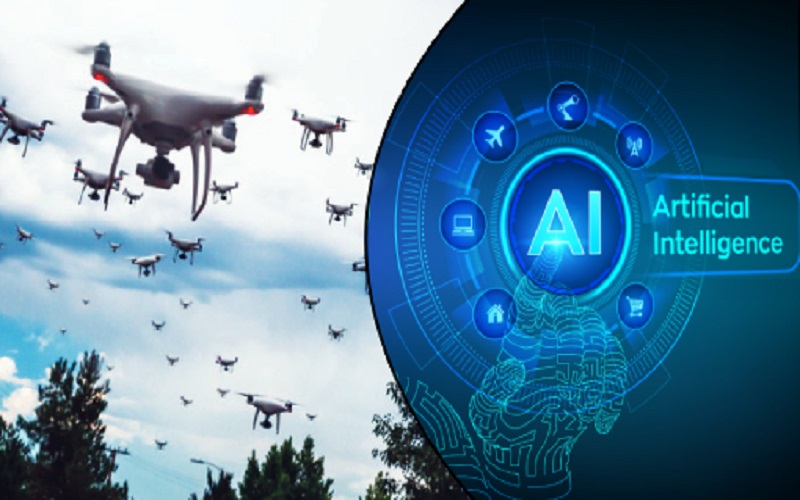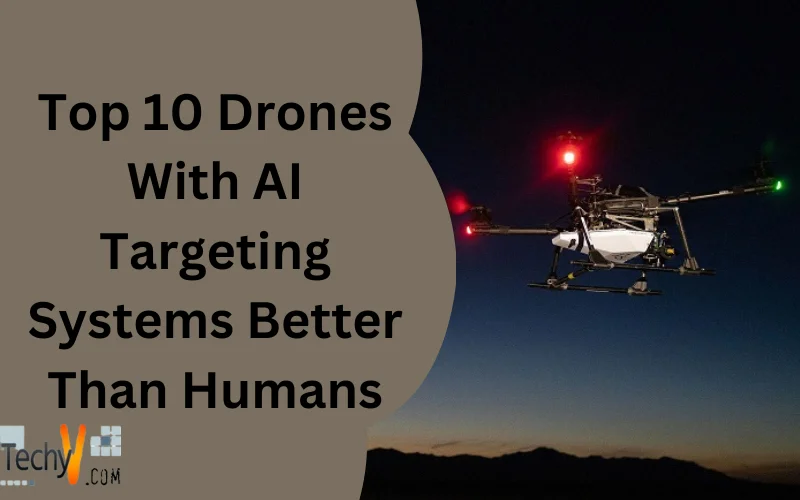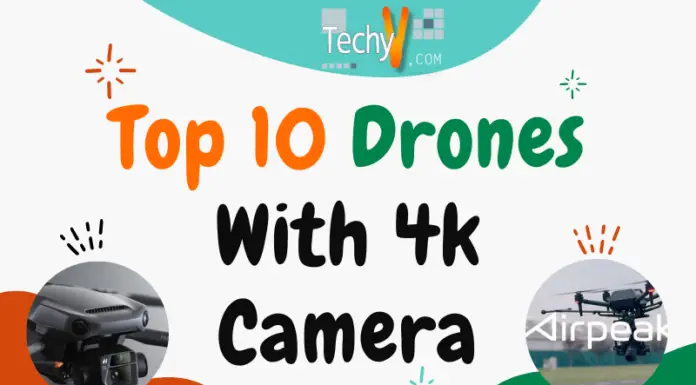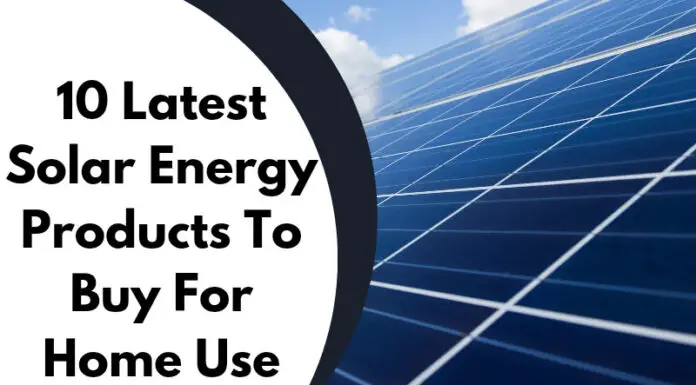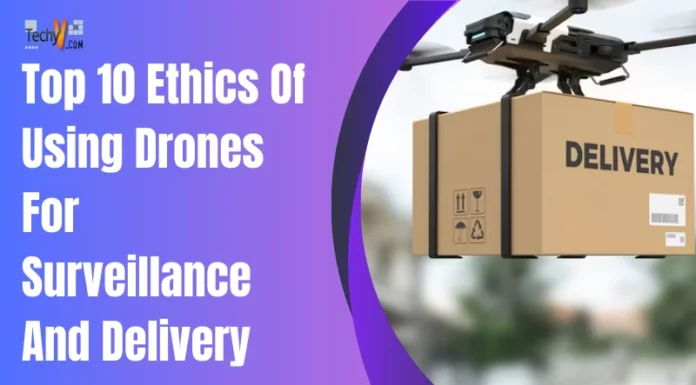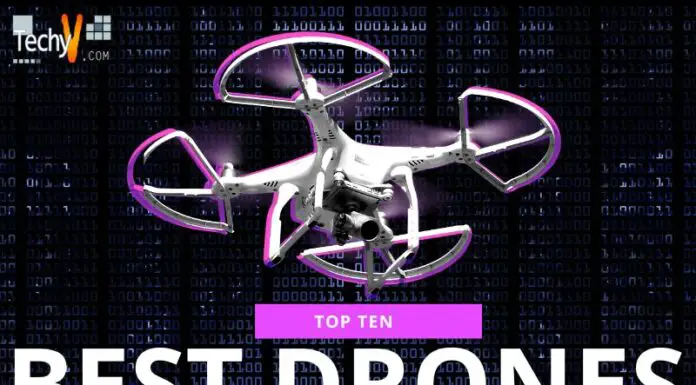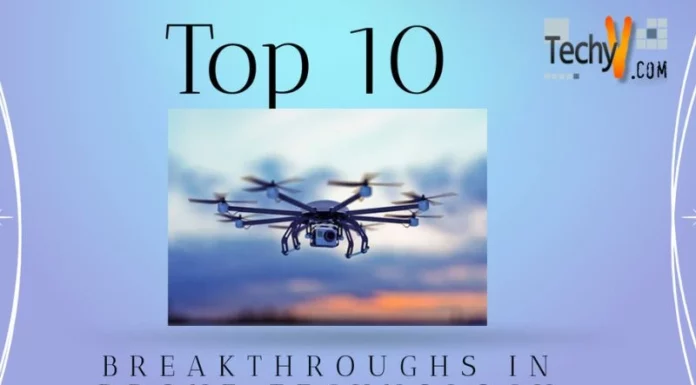Drones are aerial vehicles utilized for many tasks. The gadget controlled manually and remotely. Drones include artificial intelligence and automated functions. AI enables drone suppliers to gather and implement visual and environmental data using data from sensors linked to the drone. The data enables autonomous and aided flying, which simplifies operations and increases accessibility, and drones become a component of smart mobility options offered to businesses and consumers. Drones powered by AI rely on computer vision. The technology enables drones to identify things while flying to analyze and collect data on the ground.
1. Surveillance
Drones outfitted with surveillance devices gather HD video and photographs day and night. The high payload compatibility, multiple surveying equipment like lidar scanners, hyperspectral devices, and is used with low workspace need and expense. Drone surveillance refers the use of aerial vehicles to take still photographs and video to acquire information on specified targets, which can be individuals, groups, or places. Drone surveillance allows the covert collection of information about a target from a distance or height. Drone surveillance allows the collection of information about a target from a length or height.

2. Weather Forecast
Drones short of satellite photography in anticipating severe weather occurrences. When calamity strikes, they provide invaluable support. Government officials and insurers are aware of the possibility of estimating the post-disaster loss at places not designated safe for people to access. Drones gather air samples to represent a significant advancement over traditional data-collecting methods and the potential to increase the accuracy of weather forecasting models. It enables meteorologists to provide better weather predictions and allow early notice for events.
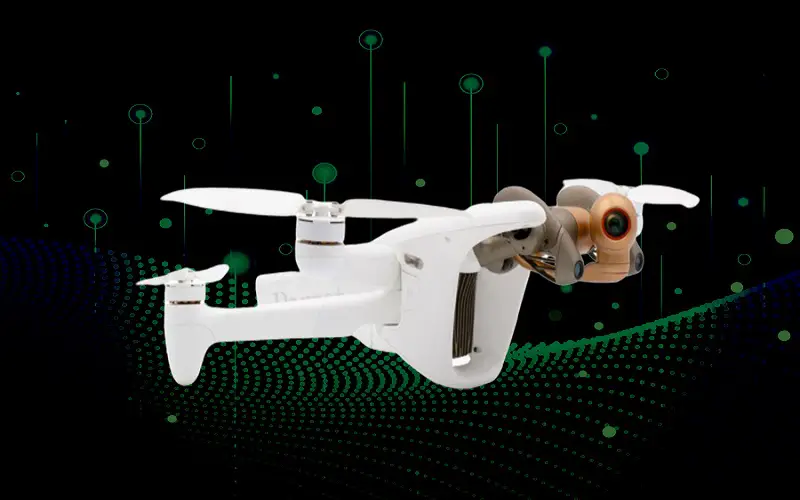
3. Delivery
Drones consume disproportionate energy in populated places, and their range is determined by wind conditions. In rural regions, they compete with diesel-powered delivery vans. The findings reported in Transportation Research Part D: Transport and Environment. Wind conditions have a significant impact on the functioning. The drone wastes more energy when there is a crosswind to stay on track. Headwinds and tailwinds have a favorable influence on energy use.
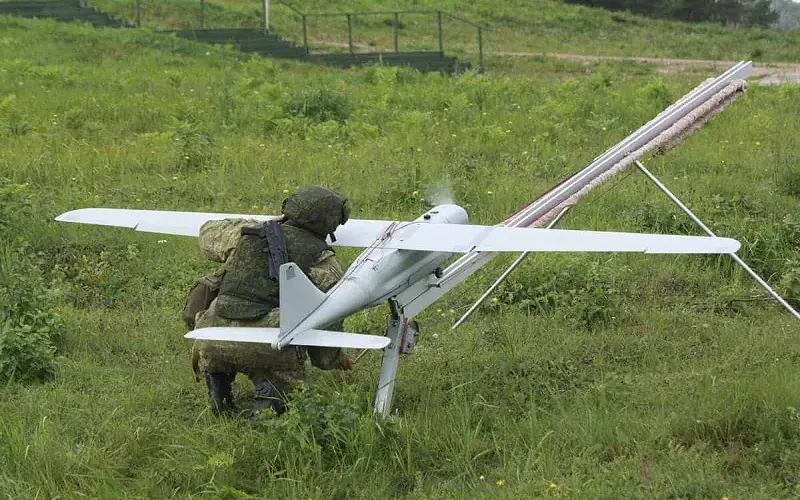
4. Programming Aspect
Programming to create a drone isn’t same as programming to make a drone do anything. The sensor and actuator interfaced with the CPU for a drone to fly steadily. Drones are employed shortly to collect sensitive data for weather forecasting, storm tracking, and precision agriculture. It’s utilized for surveillance in search and rescue operations.
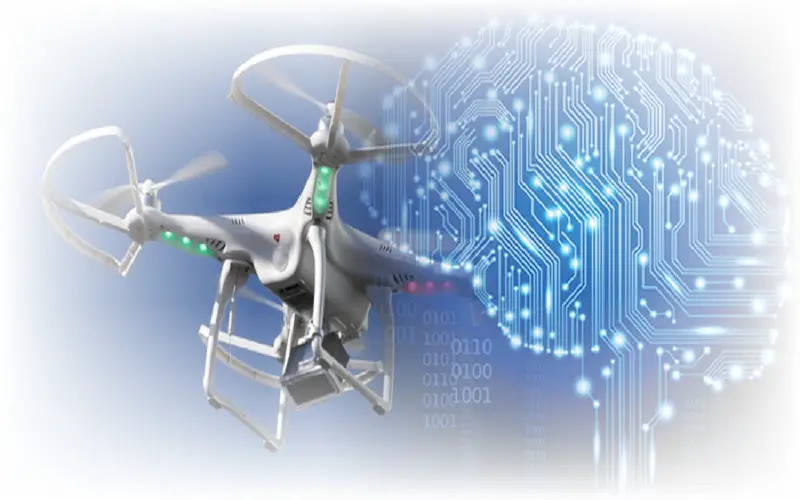
5. Drone AI Technology Powers Military Defence Forces
The military is the most prominent industry utilizing drone AI technology. UAVs utilized as espionage devices using AI drone technology, scanning regions, targeting specific areas, and killing enemy troops. While UAVs are frequently controllable by hand, the majority of these systems rely on technology. AI military drones require advanced computer vision-based navigation, but their tracking systems fail.
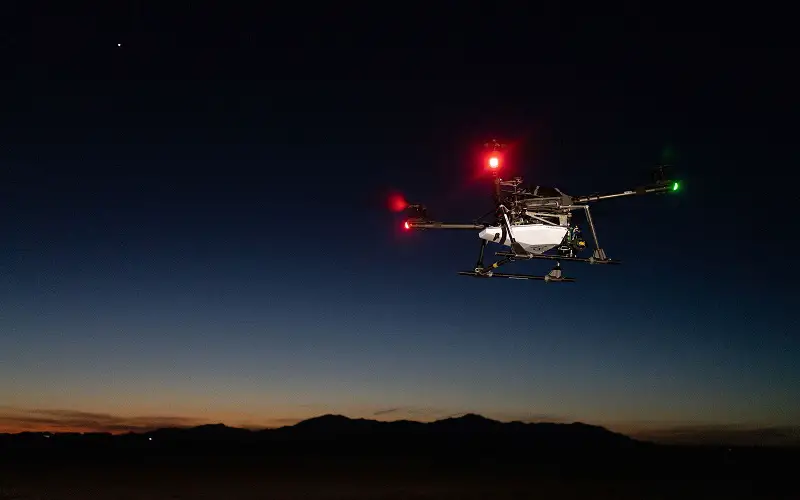
6. Monitoring Vast And Hazardous Areas
Drones do time-consuming and repetitive chores of monitoring broad regions effectively, and quickly, checking difficult-to-reach sites, and gathering data required to analyze harmful situations. With the capacity to cover large areas regardless of topography, drones reach closer to risks like high voltage zones without endangering humans and allowing better-informed judgments during bad situations. A drone flies over fast, identifying dangers, aerial photographs and real-time recordings. It enables security to assess amount of risk and choose the proper reaction. Drone gives coverage of the crime scene, allows officers to be briefed on the situation, and evaluate the risk before entering the area to deal with the event.
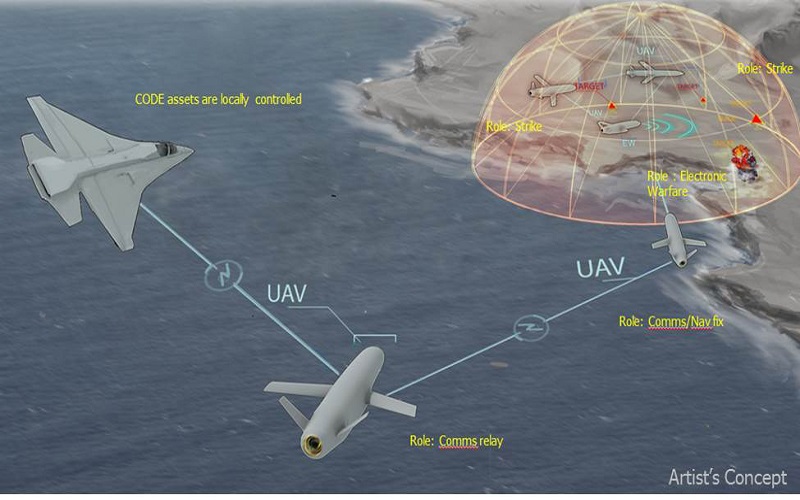
7. Save Time And Cost
Drones help save time and money in large industrial facilities like oil, gas sites, solar farms, storerooms, and securing pipelines where video surveillance is critical to reducing risks of damage, leaks, equipment, and raw material theft. Purchasing, deploying, and maintaining cameras in remote locations is costly. Inspections are less expensive using drones. Drone security patrols scan large areas and deliver high-quality photos and video recordings in real time, requiring on-ground security employees to defend a site or property.
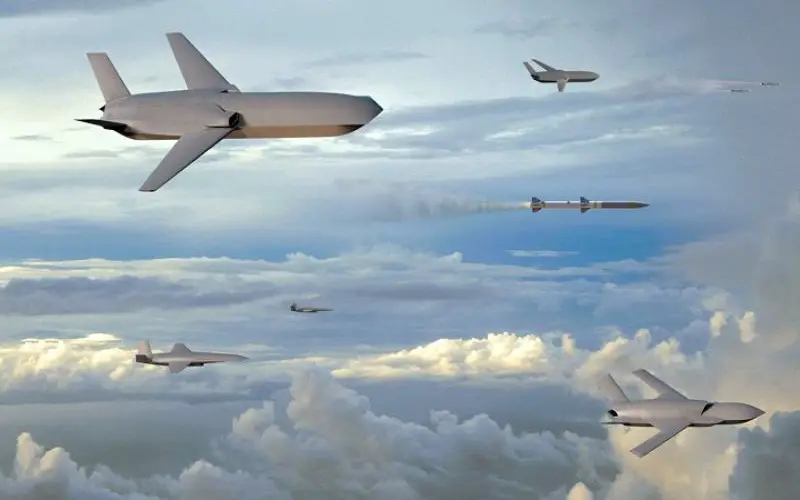
8. Decision Support System
The interface displays an item that the drone cannot categorize, information that the human operator utilizes to make judgments. The data acquired by the drone, the algorithm determines the item is connected with favorable results for local citizens, to safeguard their safety, hearts, and minds, represents big threats to the protection of own forces. The interface indicates that evaluation made with a medium-sized scope, covering km geographically and several hours chronologically.
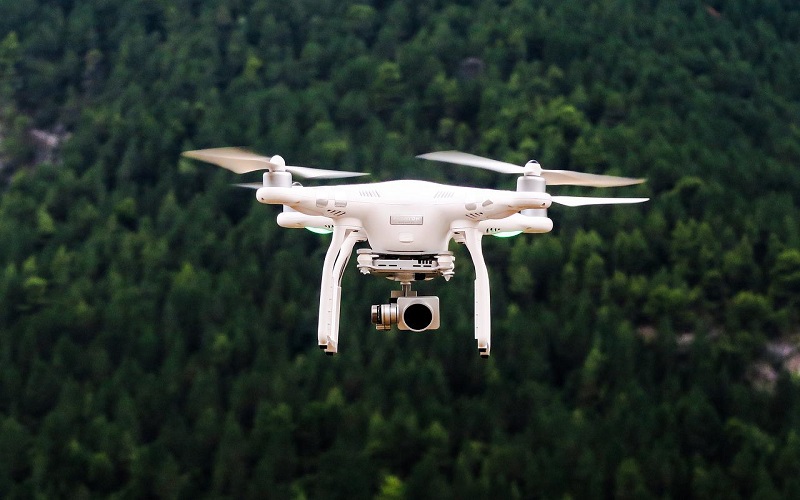
9. Virtue Ethics Perspective
We recognize that virtue ethics morality occurs within individuals, not computers. If we investigate incorporating virtue ethics into a drone, we utilize imagination and various translations. The eudaimonia of a drone entail gathering and providing information that its operators find clear, trustworthy, and valuable. We are learning from prior experience, active contemplation, and altering ideas, feelings, and behaviors to better align them with one’s telos and eudaimonia. It means that the drone keeps account of its contributions to multiple missions and learning. It learns from drones how humans learn from others.
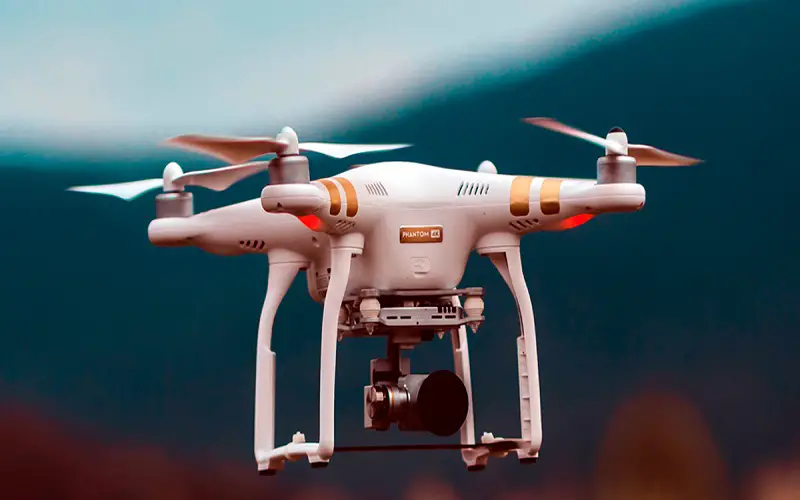
10. Localization And Trajectory
With unpredictable network circumstances and significant node mobility, localization is an issue. An intelligent localization strategy for swarm UAVs presented. The localization problem is handled in a 3D model, with UAV node localization accomplished in the first phase by reducing the search space. It reduces localization errors and accelerates network convergence. The suggested approach improved by energy-efficient routing for the UAV network. It offers an approach tested using system simulation. The simulation result suggests utilizing the proposed technique improve localization and coverage time.
